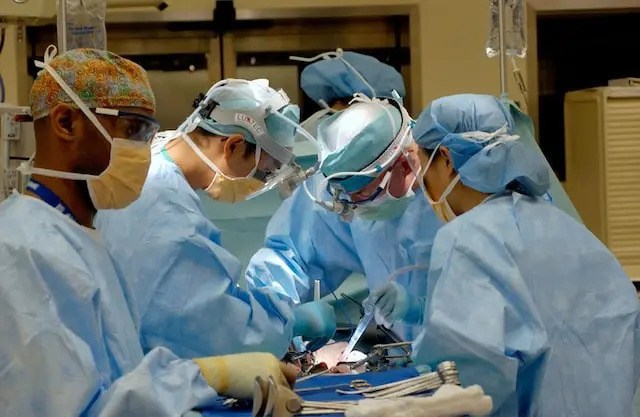MCRS can see new referrals and new consultations within one business week, call or visit our 2 locations in Shady Grove or Bethesda, MD.

A colonoscopy is a procedure that allows a colon and rectal surgeon to view the inner lining of a patient’s colon and rectum. The procedure is performed using a thin, flexible tube (a colonoscope) that is slowly guided through the colon. The end of the colonoscope is lighted and includes a camera that transmits images onto a screen in the procedure room. These images can reveal inflammation, ulcers and even cancerous or pre-cancerous growths within the intestines.
Do you know?
Colonoscopies are performed for one of three reasons – as a preventative screening, to diagnose an underlying condition, or to monitor the status of a GI-related health condition, such as inflammatory bowel disease. All adults over age 50 should have a colonoscopy once every 10 years to detect and remove polyps. Earlier and more frequent screening may be necessary for people with elevated risk of colon cancer. A doctor may also recommend a colonoscopy for a patient who complains of unexplained symptoms, such as abdominal pain, bloody stools or significant weight loss.
Preparation is the most complicated part of a colonoscopy. Since it requires that the colon be completely clear of waste, you will need to spend one day taking the prep treatment your doctor prescribes prior to your treatment. This may include drinking a specific laxative to cleanse the bowels, as well as limiting your diet to clear liquids, such as water or broth.
You will be given a medication to help you relax during the procedure and prevent you from feeling discomfort. A colonoscope will be inserted into your rectum while you are lying on your left side with your knees drawn upward toward your chest. Your doctor may use a colonoscope to view the entire rectum and colon, as well as parts of the lower small intestine. If your doctor detects a polyp or abnormal tissues, the growths can be painlessly removed during the procedure or tissue collected for biopsy.